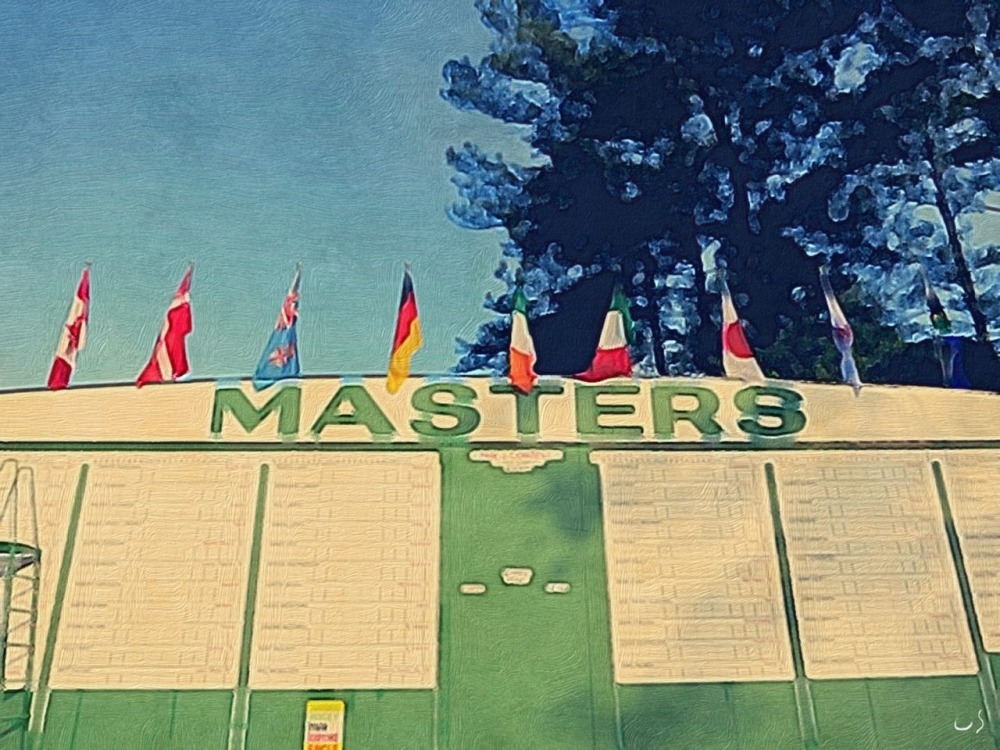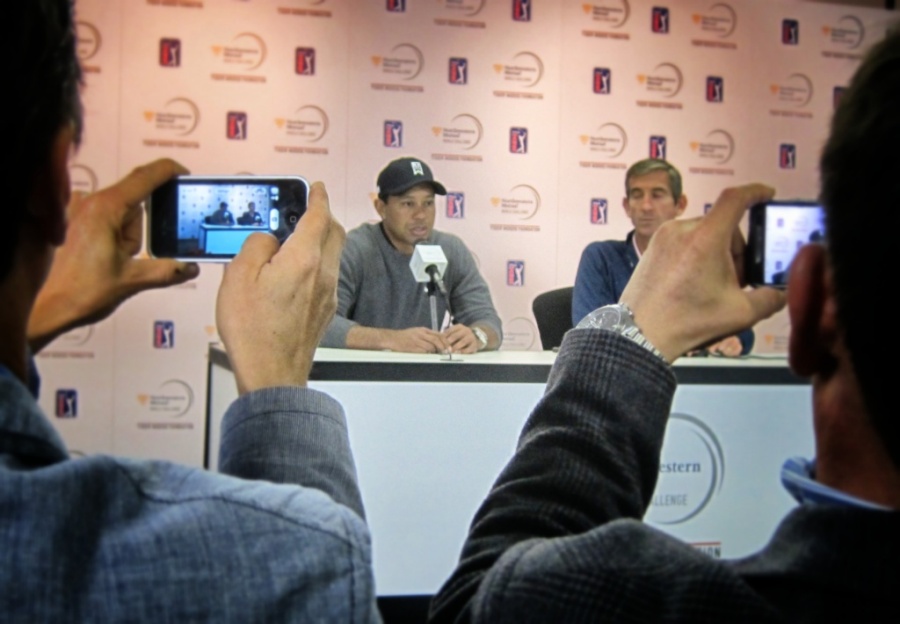Sunshine Tour Chief: "I think there are going to be different priorities going forward."
/While it’s way too early to be fussing over finance as the world faces another day of pandemic carnage, perhaps Sunshine Tour commissioner Selwyn Nathan’s remarks will help the professional golf world retain some perspective about the sport that will greet them when some form of normalcy returns.
Nick Said of Reuters spoke to Nathan, who has been talking to corporate sponsors and sees purses possibly returning to 2000 levels. He also says there will be “different priorities” going forward with “a lot of haircuts.”
“I don’t think guys will be playing for between 800,000 and 1.5-million euros (as a first prize) any more.
“In my opinion, and after speaking to people around the world, we could be winding the clock back to 2000.
“And for now that might be the smartest thing in sport, to go back to something that is more palatable for partners.”
And this…
“I think they will need us like oxygen, and we will need them also to give our players something to play in.
“But nobody is going to be walking around as gung-ho as they were, not in any sporting sphere around the world.”














